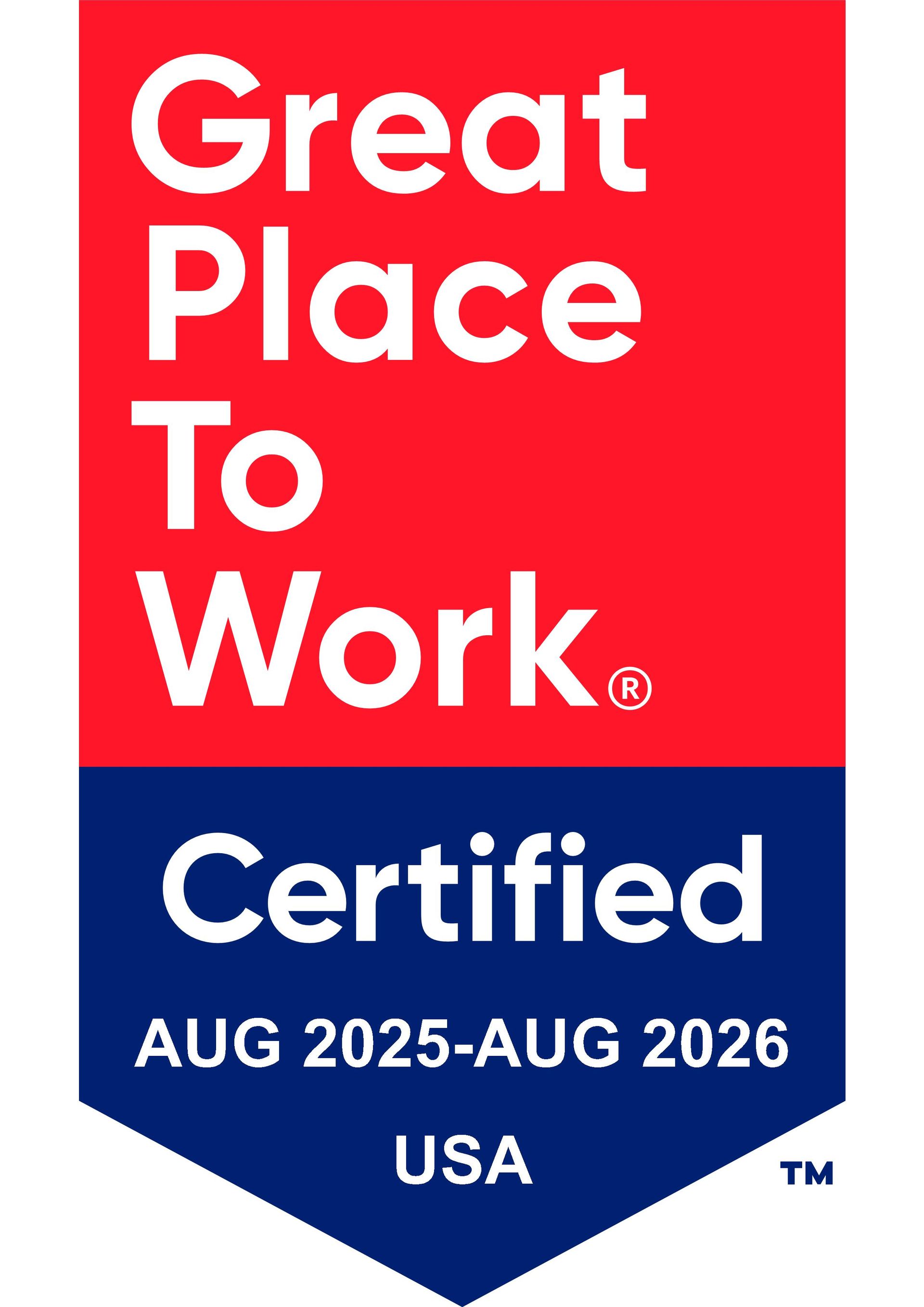
MLR Rebates: How Employers Should Handle Them
9 June 2022

Health insurance benefits are one of the top benefits employees prefer, and they are also one of the most common benefits employers offer to their employees. If you’re an employer providing health insurance, you’re likely familiar with MLR rebate checks. So why are they important, and what do you do if you receive one as an organization?
Insurance carriers began issuing MLR rebate checks in 2011, thanks to health care reform laws. Each year, insurance carriers must meet certain MLR (medical loss ratio) thresholds. Fully insured group health plans are subject to MLR requirements, whereas self-insured or self-funded medical benefit plans are not.
For every premium dollar a carrier collects for a major medical plan, it should spend 85 cents on medical activities and care to improve healthcare quality in the large group market and 80 cents on the same in the small group market. When these thresholds are not met, employer rebates are available in the form of a premium check or credit.
Why Are MLR Rebate Checks Issued?
Just about over 10 years ago, the ACA (Affordable Care Act) issued new rules that require health insurance issuers to disclose the amount of medical plan premiums spent on marketing, administration, and insurance company profit versus quality improvement initiatives and paying claims. Insurers in the large group market must verify: (1) an 85% or greater loss ratio or (2) that 85% of premiums are spent on claims. Insurers in the small group market must verify at least an 80% loss ratio.
Each insurance company providing health insurance plans must report its prior-year MLR data to the U.S. Department of Health and Human Services (HHS) by July 31. If the appropriate loss ratio is not met, policyholders must issue premium rebates by September 30.
What Is the Purpose behind the MLR Provision?
The health care reform law MLR provision is meant to ensure that insurance carriers are using a minimum percent of health insurance premiums to pay claims. The provision limits the amount health insurance companies can allocate and spend on profits and administrative expenses.
What Counts as Costs that Improve Health Care Quality?
General types of costs that count as expenses to improve health care quality include amounts insurance carriers spend on items like:
- Wellness coaching and health assessments to reach measurable health improvement or manage a health condition.
- Hospital discharge planning developed to decrease hospital readmissions.
- Activities and resources to reduce medical errors and improve safety.
- Programs created to support individuals managing chronic and serious health conditions, like heart disease, cancer, and diabetes.
When Are MLR Rebates Issued?
For 2022, carriers are required to issue MLR checks by September 30. If a carrier doesn’t pay the rebate on time, they have to pay the enrolled interest on the total rebate amount at 10% annually or the current Federal Reserve Board rate, whichever is higher. The interest begins accruing from the payment due date.
What Does a Company Do when They Receive an MLR Rebate Check?
If an insurance carrier has not met their minimum required thresholds, rebates are available to enrollees. The rules regarding rebates are complex and should be carefully reviewed with ERISA Advisory Council.
MLR checks raise several questions for employers, including:
- How much of the rebate must be distributed to plan participants?
- What are the options to distribute the participants’ share?
- What are the tax consequences of the different distribution options available?
- What communications should be shared with participants about the rebate?
How Much Will the Rebate Check Be and in What Form?
MLRs are determined on a state basis by market segment, meaning carriers determine them based on individual, small group, or large group segments per state. They do not disaggregate by the type of plan, like HMO, PPO, or HDHP, or by the policyholder. The carrier is responsible for letting you know the amount.
Rebates to an enrollee that are less than $20 per subscriber do not need to be issued by the carrier. The amount is dropped to $5 per subscriber if the carrier pays the rebate to the subscriber directly. The minimum payment rule only applies to carriers and not to employers refunding the amounts to plan participants.
Carriers can issue rebates in premium credit, a lump-sum reimbursement to the account used to pay the premium, like a debit or credit card, a lump-sum payment, or a premium holiday where state laws permit it.
How Much of the Rebate Must Be Distributed to Plan Participants?
Any amount of the rebate check issued to the employer that is attributed to employee contributions must be issued to the employee. Employers must also ensure the tax consequences are handled under such circumstances.
The Department of Labor (DOL) requires insurers to return the total rebate for the roup directly to the plan sponsor. From there, the employer, or plan sponsor, is required to treat the portion of the rebate attributable to participant contributions as “plan assets.” According to ERISA, plan assets must be used for the exclusive benefit of the plan participants.
There is not a set formula for employers to use to determine the amounts to issue, though suggestions are typically provided to support employers in making a determination on the amount. If plan participants made no contributions to the plan and the employer covered the entire cost, then the employer would not need to issue any contribution to the employee.
When both the plan sponsor and the participants make contributions towards the cost of coverage, which is the most common scenario, then the employer has to determine how much to allocate to plan participants. To do so, employers must determine the total participant contributions for the MLR rebate year. Then, the percentage of total plan premiums paid to the carrier due to contributions from participants should be calculated, which includes payroll deductions and other premiums paid, like premiums paid during FMLA or for COBRA. The ratio is then applied to the rebate to calculate the amount to be treated as plan assets.
If a plan offers multiple benefit options under separate policies, the participants and beneficiaries covered under the specific policy the rebate applies to should receive their portion of the rebate. Regarding former plan participants, the DOL guidance states: If an employer finds that the cost of distributing shares of a rebate to former participants approximates the amount of the proceeds, the fiduciary may properly decide to allocate the proceeds to current participants only…
What Are the Options to Distribute the Participants’ Share?
When determining a distribution allocation process to utilize, the DOL states: In deciding on an allocation method, the plan fiduciary may properly weigh the costs to the plan and the ultimate plan benefit, as well as the competing interests of participants or classes of participants, provided such method is reasonable, fair and objective.
Three common options to distribute participants’ shares of the rebate include:
- Issuing a cash payment to the participant.
- Applying the rebate as a premium holiday or reduction of future participant contributions.
- Applying the rebate toward benefit enhancement costs.
What Are the Tax Consequences of the Different Distribution Options Available?
According to the IRS, for participants who made pre-tax contributions to a plan and received a rebate portion in the form of a premium holiday or cash payment, the rebate must be treated as taxable income. If the contributions were made on an after-tax basis, then the rebate is not taxable.
For additional information on the tax consequences of MLR rebates, the IRS has an FAQ page.
What Communications Should Be Shared with Participants about the Rebate?
The carrier must provide policyholders and enrollees for the MLR reporting year a communication at the time a rebate is issued. Employers are not required to notify plan participants of the rebate, though they might choose to send a communication prior to or following the carrier sending their notification to keep plan participants informed of what to expect. This can help avoid the need to field questions about the carrier’s notification, as well.
Where Can You Get Support to Navigate MLR Rebates Questions and Options?
The IRS and DOL offer helpful content on their web pages to answer questions regarding MLR rebates. Though these resources are helpful to support employers in navigating MLR rebate checks, it’s still a complex and confusing topic for many. Determining how to calculate the portion of plan assets, who should receive the rebate, and how they should receive it requires thoughtful consideration to identify the best approach. You also want to ensure you’re meeting ERISA requirements and legal requirements based on federal, state, and local legislation.
An insurance broker can support you in answering the many questions found above regarding MLR rebate checks. By working with an expert broker, you can have peace of mind knowing you’re taking the best approach for your organization and plan participants while also accessing the support you need so you don’t have to go it alone.
The team at KBI is available to offer our expertise related to MLR rebates. Contact us today for more information.
KBI Brokerage Firm Works with Hundreds of Disability Carriers
At KBI, we work with all types of businesses and individuals from all walks of life to ensure they have peace of mind with the right benefits and protection for their employees and families, respectively. We're here to help you secure high limit disability insurance and other types of disability insurance based on your needs and budget.



